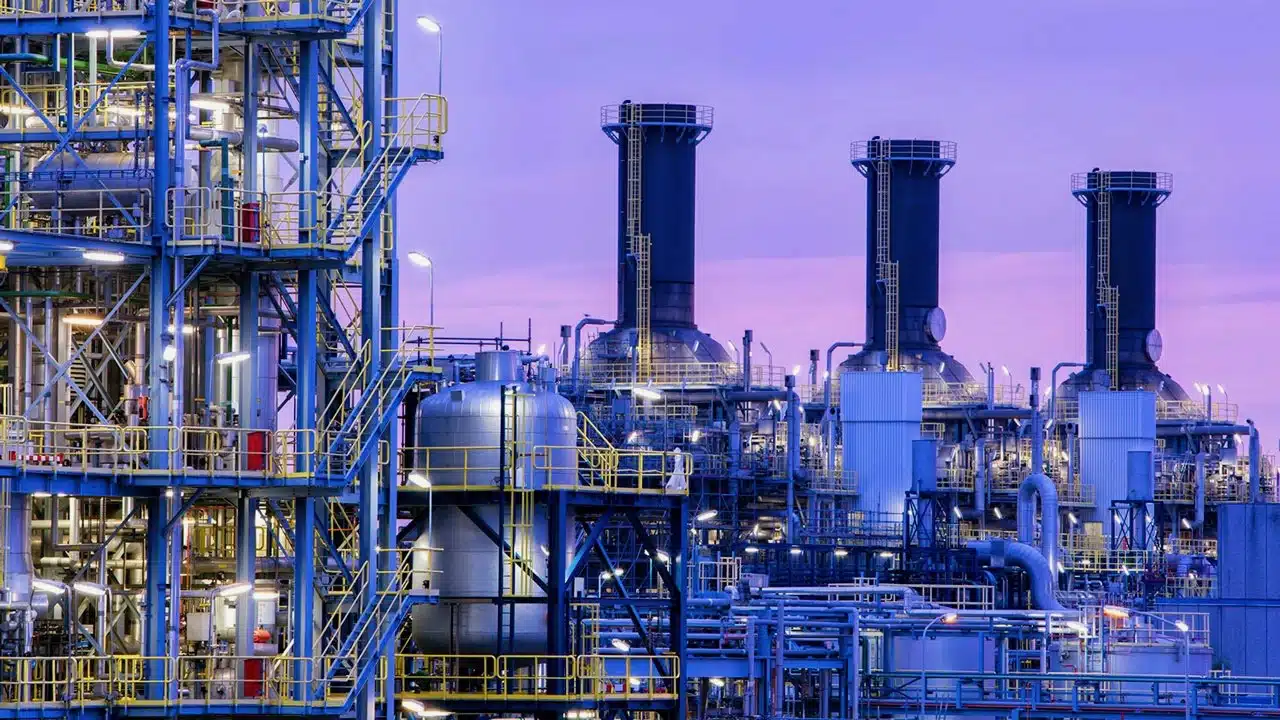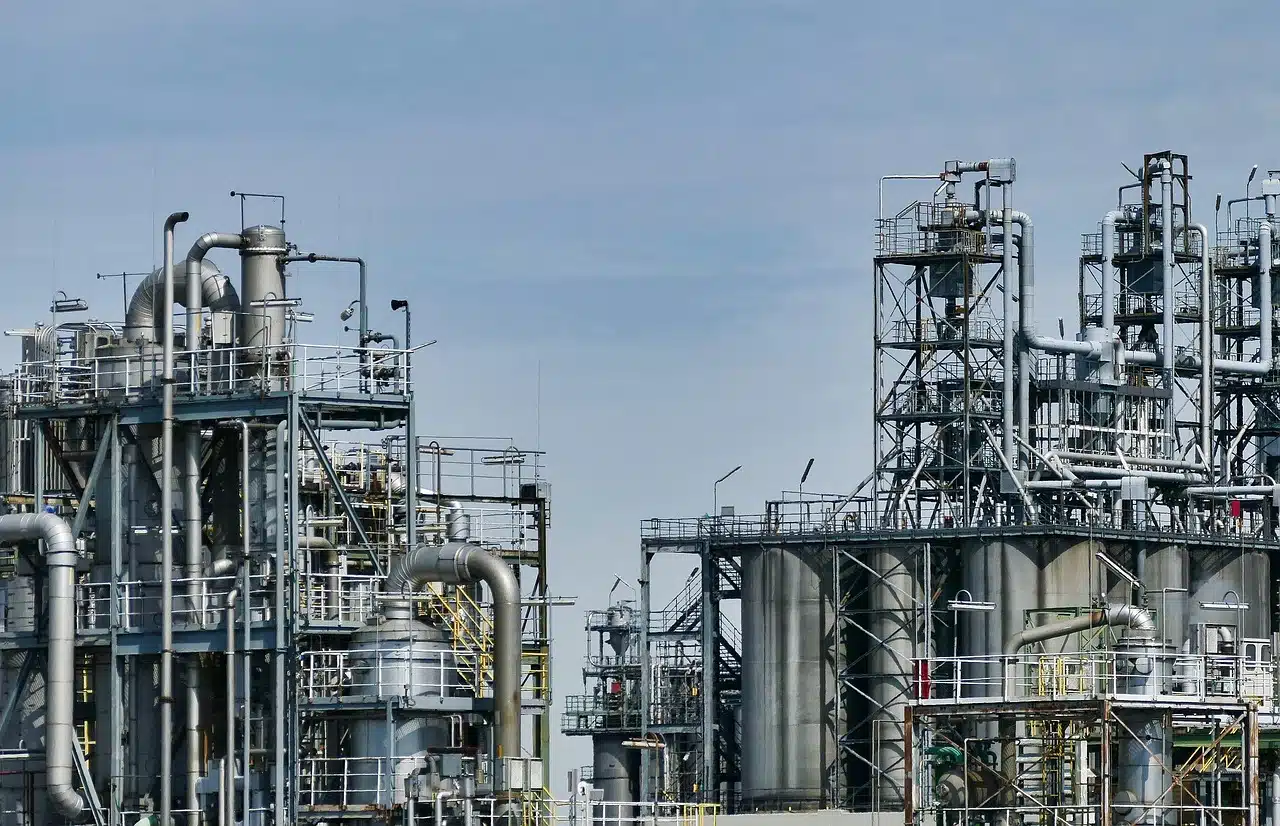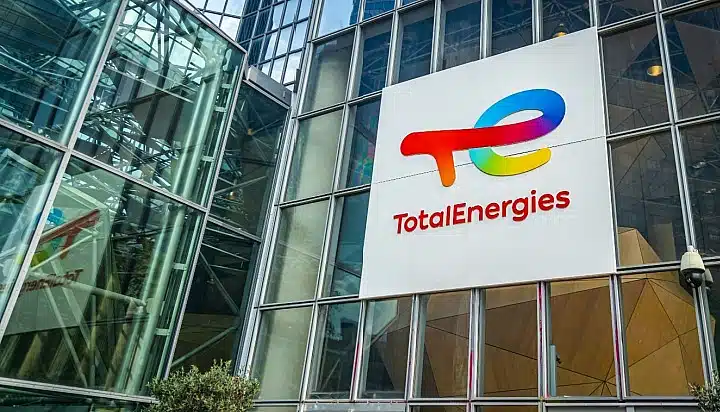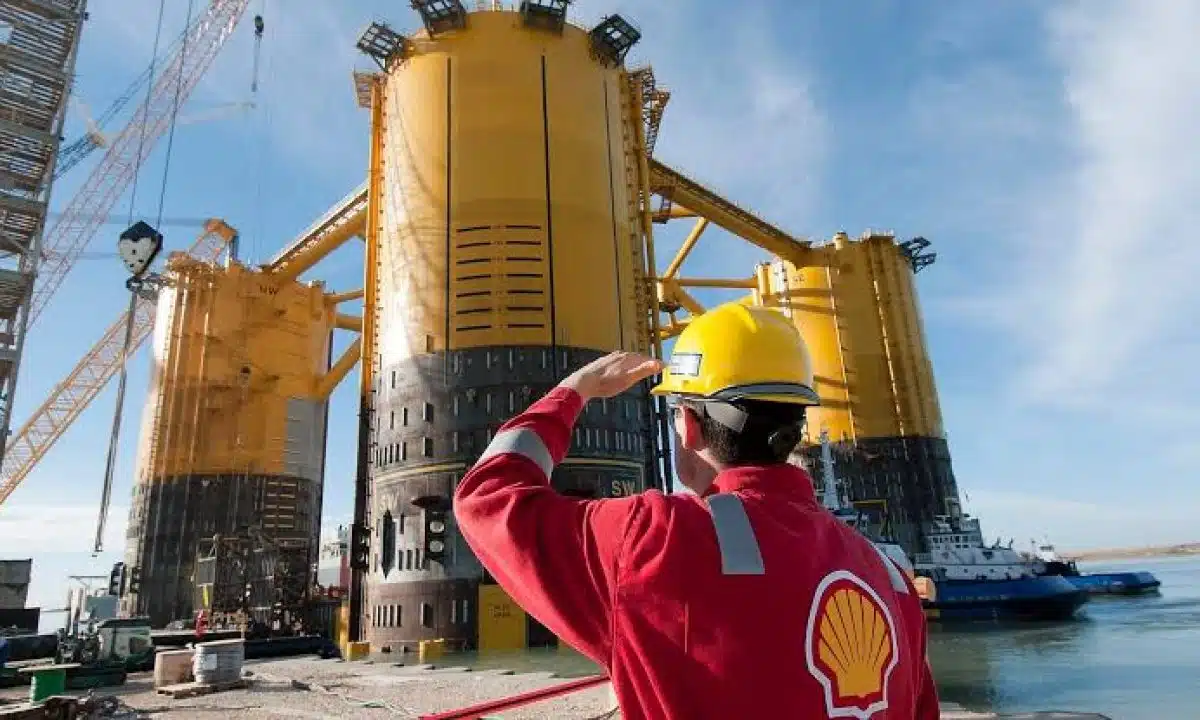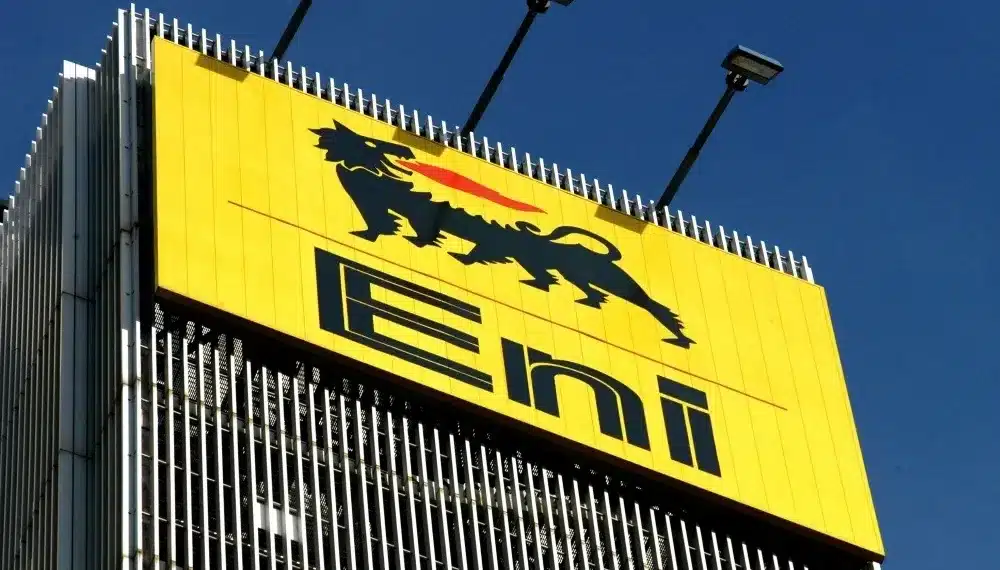- In 2025, Nigeria is stepping into a fully post-subsidy era for its downstream petroleum sector. For the first time, fuel prices will be shaped by market forces, free from government intervention.
- With three local refineries now operational—one of them being the Dangote Refinery, the largest single-train refinery in the world—the country is poised to harness its market potential.
- This shift is expected to open a new chapter in the movement of petrol prices, driven by economic realities rather than state controls.
As we close the year 2024 and usher in 2025, marking the first full year of a fully deregulated downstream market for Nigeria’s oil sector, it is crucial to examine the trends that will shape petrol prices in this post-subsidy era.
Nigeria, an oil-producing nation, has historically maintained some form of petrol subsidy since the 1970s, with the federal government allocating funds to cap product prices for its citizens. This longstanding practice came to an abrupt end in May 2023 when newly elected President Bola Ahmed Tinubu announced the removal of the costly but popular subsidy. The market reacted swiftly, with petrol prices skyrocketing by over 300%, jumping from approximately N180 to N620 per liter.
The shock waves did not abate, as prices continued to climb steadily, a trend many analysts linked to the government’s gradual phasing out of the subsidy. By September 2024, the Nigerian National Petroleum Corporation (NNPC) Limited revealed that it owed international oil traders a staggering $6 billion, a debt tied to subsidy payments for capped gasoline prices. This announcement was followed by a government-approved price hike, marking the definitive end of the subsidy regime.
With the subsidy fully removed, the market dynamics shifted. Price variations among importers, marketers, and even the NNPC became commonplace.
However, Nigerians, unaccustomed to price instability, are now adapting to a new system where prices are dictated not by government decisions but by “market forces,” industry actions, and broader economic conditions.
For Energy in Africa, five key market trends will drive petroleum price movements in 2025:
1. Price of crude oil
In 2025, petrol prices, like other petroleum commodities, will be determined by the international price of crude oil. As the primary ingredient in gasoline production, crude oil will play a central role in shaping price movements.
Analysts and experts have predicted a downward trend in crude oil prices for 2025. This outlook is based on various global market dynamics, including tensions in the Middle East, Russia’s re-entry into the global market following the possible aftermath of the Russia-Ukraine war, the return of Donald Trump as President of the United States (which will be explored later in this article), and the balance of demand and supply influenced by actions from OPEC and non-OPEC members.
For instance, JP Morgan, in its 2025 outlook, projects a significant decline in crude oil prices, potentially reaching as low as $60 per barrel. If this prediction materialises, Nigerian consumers could experience a substantial drop in petrol prices. With local refiners and exporters sourcing raw materials at lower costs, the price of refined products may decrease, providing some relief to consumers.
On the other hand, a reduction in crude oil prices might have adverse effects on Nigeria’s economy. As crude oil accounts for a significant share of the country’s foreign exchange earnings, a price drop could lead to a decline in revenue. This, in turn, may trigger further depreciation of the naira, driving up the cost of imported goods, including petroleum products.
While local production and reduced import dependency could offset some of these effects, the overall impact might still be limited. Unless there is a substantial crash in crude oil prices—a scenario deemed unlikely—the expected reduction in prices may not lead to a dramatic shift in Nigeria’s market dynamics.
2. Reduction in importation of petroleum products
The emergence of local refineries, such as the Dangote Refinery, is expected to lead to a significant reduction in the importation of petroleum products in 2025.
Despite being an oil-producing nation, Nigeria has historically relied heavily on petrol imports to meet its energy demands. A substantial portion of the country’s import bill is allocated to petrol, creating immense pressure on its limited foreign exchange earnings. Reports indicate that Nigeria spends approximately 40% of its foreign exchange on petrol imports annually.
As local refineries take on an increasing share of the domestic market, the reduced dependency on imports is set to drastically lower the country’s import bill. This reduction could bolster the value of the naira, strengthening the local currency. A stronger naira would, in turn, likely lead to a significant decrease in the prices of commodities, including petrol.
Additionally, a reduction in the volume of imported petroleum products would also cut associated costs such as logistics, transportation, customs duties, and external tariffs. Local refineries like the Dangote Refinery, with their proximity to the domestic market, are positioned to offer products at lower prices compared to importers, who must factor these additional costs into their pricing.
3. Local demand for petrol
Interestingly, the removal of the fuel subsidy has led to a reduction in local petrol demand. As the price of petrol rises, demand has inevitably declined, with consumers seeking alternatives to mitigate the impact of higher costs.
The president has also commented on this drop in demand, attributing it to a decrease in the smuggling of petroleum products. He argued that the subsidy regime was rife with corruption and malfeasance, creating opportunities for middlemen and marketers to exploit.
President Tinubu noted that Nigeria was effectively subsidizing neighboring countries by supplying them with cheap petrol, with the government absorbing the cost of the arbitrage. Reports show that Nigeria spent about $10 billion on petrol subsidies in 2022—more than the combined budgets for education, health, and agriculture.
However, some analysts attribute the decline in demand directly to the high inflationary environment, which has eroded consumer purchasing power. According to the National Bureau of Statistics (NBS), the country’s inflation rate currently stands at 34.6%.
Regardless of the cause, there is a strong likelihood of further declines in petrol demand in 2025. This could also influence the price of the commodity. As more Nigerians transition to compressed natural gas (CNG)—a move heavily promoted by the current administration—the price of petrol could see additional reductions in 2025.
4. The Dangote effect
The Dangote Refinery will play a crucial role in determining the price of petrol in 2025. As the largest single-train refinery in the world, with a production capacity of 650,000 barrels per day, the refinery has the potential not only to meet domestic demand but also to transform Nigeria into a net exporter of petroleum products.
To date, the refinery has successfully exported products such as naphtha, fuel oil, kerosene, and Jet A1 fuel to other countries. In December 2024, the refinery made headlines by exporting petrol to Cameroon for the first time ever.
Currently operating at about 78% capacity, the Dangote Refinery is set to ramp up production. So far, it has already reduced petrol prices three times, including offering deals to marketers interested in purchasing products.
The latest deal involved Ardova Plc, a major player in the downstream sector, for bulk sales from the refinery. By 2025, the Dangote Refinery will be able to produce 95 million liters of petrol daily. According to the Nigerian Midstream and Downstream Petroleum Regulatory Authority (NMDPRA), Nigeria’s daily petrol consumption is less than 50 million liters. This means the mega refinery will be able to fully supply the domestic market, helping to stabilise petrol prices.
5. Global shift and Trump policies on oil
Donald Trump’s return to the White House is expected to have a significant impact on global policy shifts, particularly in the oil and gas sector. With his “drill, baby drill” approach, Trump is set to further ramp up U.S. crude production, reinforcing the country’s energy self-sufficiency. The U.S. is currently the largest producer of crude oil globally, producing around 12million barrels per day.
However, under Trump’s leadership, environmental regulations are likely to be rolled back, and federal lands that were previously closed to drilling by President Joe Biden may be reopened. Trump is also expected to promote U.S. shale oil and LNG exports, a policy he supported during his first term in office.
Trump will likely prioritize domestic fossil fuel production, scaling back investments in renewable and clean energy. On the Russia/Ukraine conflict, unlike his predecessor, Trump does not seem inclined to take an antagonistic stance with Russia. He has repeatedly stated that he will pursue a negotiation-based approach to the ongoing conflict, which has lasted for three years.
Since Russia’s invasion of Ukraine, the G7 and EU have imposed a price cap of $60 per barrel on Russian energy exports. The cap aims to limit Russia’s earnings from oil exports and maintain market stability; however, reports indicate that Russian oil has been trading above this price.
Trump may lift these sanctions on Russia, potentially allowing the country to reintegrate into the global market. This would increase crude oil supply, leading to a more competitive market and a possible slump in demand. Despite shifts in market dynamics, global crude oil demand has remained relatively stable.
With supply increasing, the price of crude oil is likely to decrease, which brings us back to the initial point—lower crude prices will likely lead to a reduction in the price of products derived from crude oil, such as petrol.

